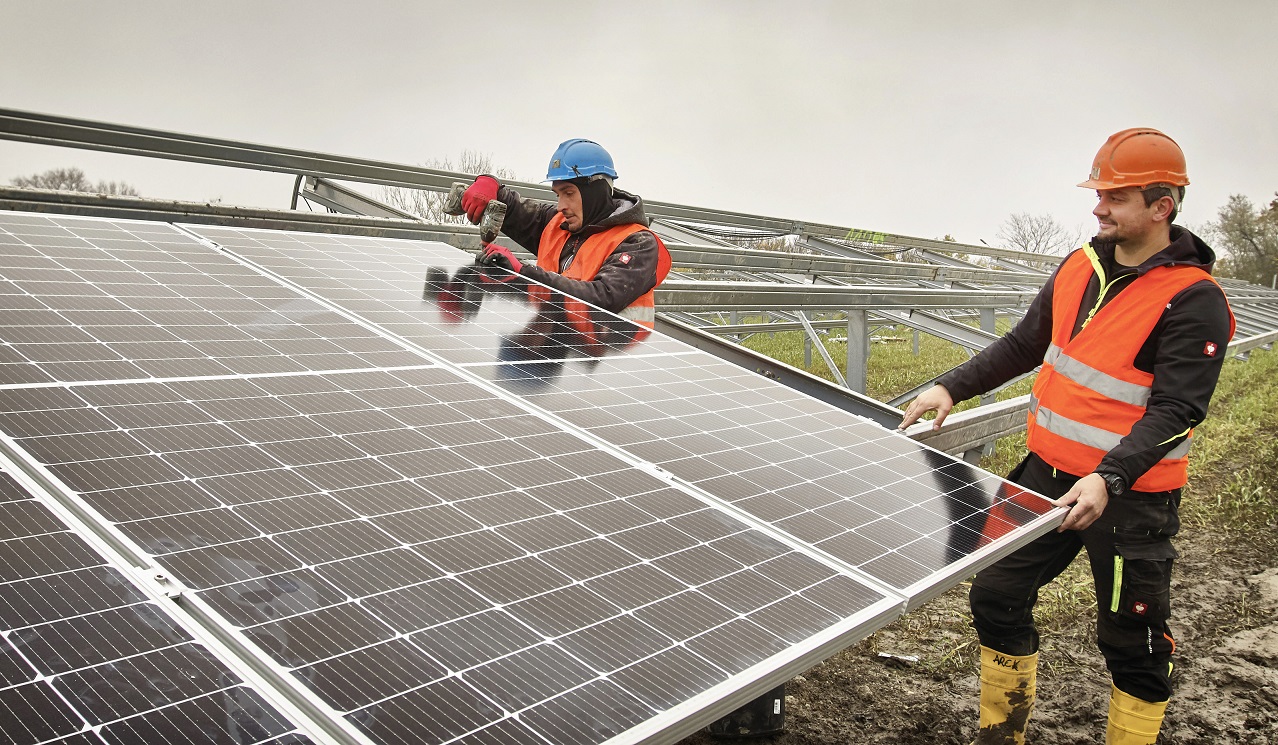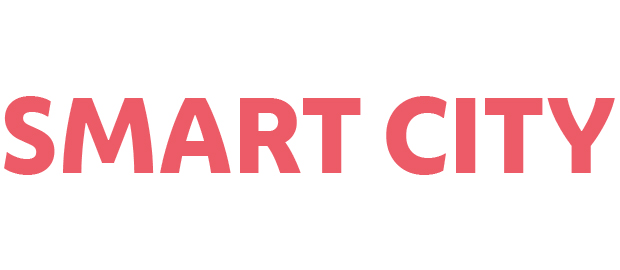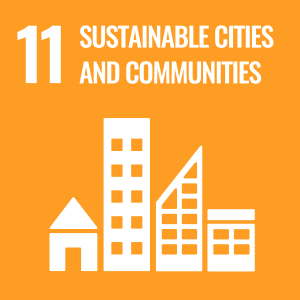
Wien Energie is building one of Austria’s biggest photovoltaic plants on the Schafflerhof site in Vienna’s Donaustadt district © Wien Energie/Johannes Zinner
In 2020 Wien Energie was able to accelerate its photovoltaic expansion programme. On average, Vienna’s energy provider built one new solar power plant every week. This meant that despite the COVID-19 restrictions, it managed to install 26 megawatts (MW) of photovoltaic capacity last year – a new annual record. The utility company now operates over 260 photovoltaic plants with a total capacity of nearly 60MW and is expanding its position as Austria’s leading solar energy provider.
Solar energy for 25,000 housholds
“Wien Energie is driving the city’s climate protection efforts. The key resource for the expansion of renewables in Vienna is our roofs,” explains Michael Strebl, CEO of Wien Energie. “With our existing green power plants we can already produce enough solar electricity for the equivalent of 25,000 households – that’s more households than in the 1st and 8th districts combined.”
Over 80 per cent of Wien Energie’s solar energy plants are on the roofs of buildings. However, other sites will also need to be used for photovoltaic expansion in order to achieve Vienna’s climate goals. “We won’t be able to meet the climate targets with rooftop installations alone. That’s why we’re also focussing on eco-friendly open-field solar arrays,” adds Strebl.
Austria’s largest solar power plant goes into operation
In autumn 2020, Wien Energie started construction of a photovoltaic plant that will be the biggest in Austria when it goes online. On Schafflerhofstraße in Vienna’s 22nd district, on the site of a former municipal gravel depot, the energy provider is building a solar array that is equivalent in size to 15 football pitches. A 6-MW section of the plant was already connected to the grid at the end of the year, with completion and full operation scheduled for spring 2021.
In full operation, the 11.5-MW solar power plant will supply around 5,200 households with green energy. The plant is a textbook example of eco-friendly design of open-field solar arrays. Besides generating electricity, the area around und beneath the photovoltaic modules serves as a shady pasture for around 150 Jura sheep, as well as for growing arable crops.
Working together to protect the climate
Wien Energie’s solar energy expansion programme is based on stakeholder participation and cooperation. Vienna’s largest community-funded solar power plant went into operation in Unterlaa in May 2020. Thousands of climate activists from Vienna and the surrounding region bought into the project by purchasing investment packages.
In addition, the past year saw Wien Energie and a number of municipal departments of the City of Vienna concluding clean energy agreements to pave the way for the transition to renewables in public buildings. More than 90 Wien Energie photovoltaic installations are already in operation on the roofs of public buildings and in other public spaces, from the main wastewater treatment plant to schools and nurseries and a number of Vienna’s ambulance stations.
“In the coming decade we want to see a tenfold increase in our current capacity,” says Strebl. By 2030 Wien Energie aims to achieve a total installed capacity of 600 megawatts, supplying the equivalent of 250,000 households with clean solar energy. The utility provider is investing around half a billion euro in the programme. This investment in green energy is also helping to attain the goals of the Smart City Wien Framework Strategy, which envisage that Vienna’s energy utilities will facilitate the transition to a decentralised, renewables-based energy supply and that renewable energy production within the municipal boundaries will double in the period 2005 to 2030.
Sustainable Development Goals (SDGs):
Contact
E-Mail: lisa.grohs@wienenergie.at
Website: www.wienenergie.at
This post is also available in: German





